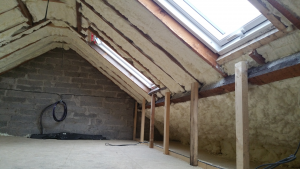Attic Spray Foam Insulation Delgany
3 Bed Semi Attic Insulation Delgany
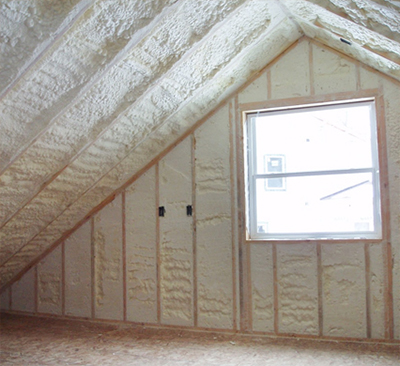
Attic Insulation Delgany
Spray foam can be used in many situations. Spray foam can be used on roofs, windows and attics as well underfloor heating systems and interior and external walls.
Spray foam insulation will not only keep you home warm in winter, but will also keep it cool during the summer. It allows moisture-laden air, such as from the basement, to escape thanks to its structure and cell structure.
Benefits of Spray Foam Insulation for your home
Other applications include farm houses, industrial and commercial buildings, sheds as well shipping containers and vessels.
It also creates a shield around your house that keeps out the rain and cold wind. This is a major disadvantage over other insulation products currently on the market, as it allows heat to escape from your home.
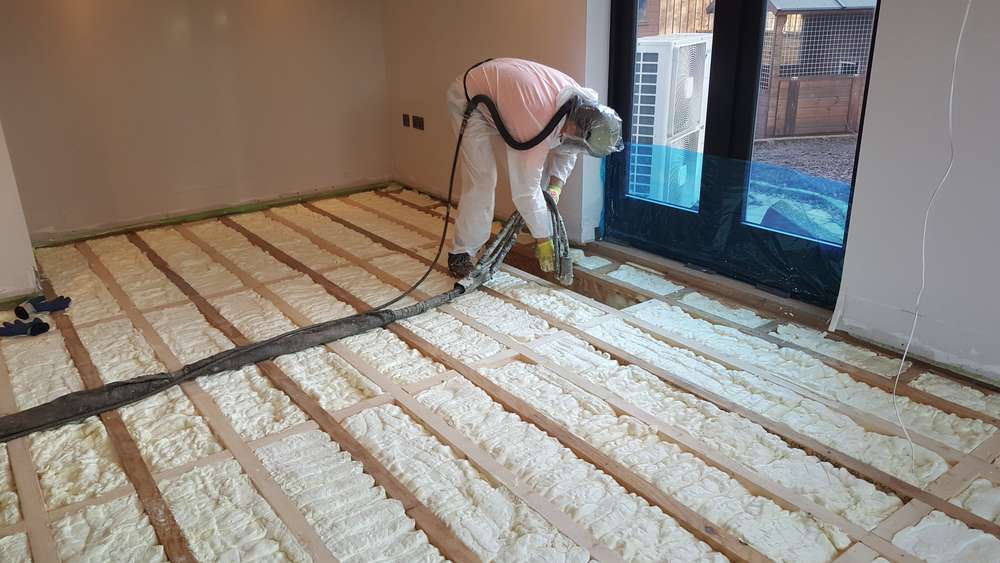
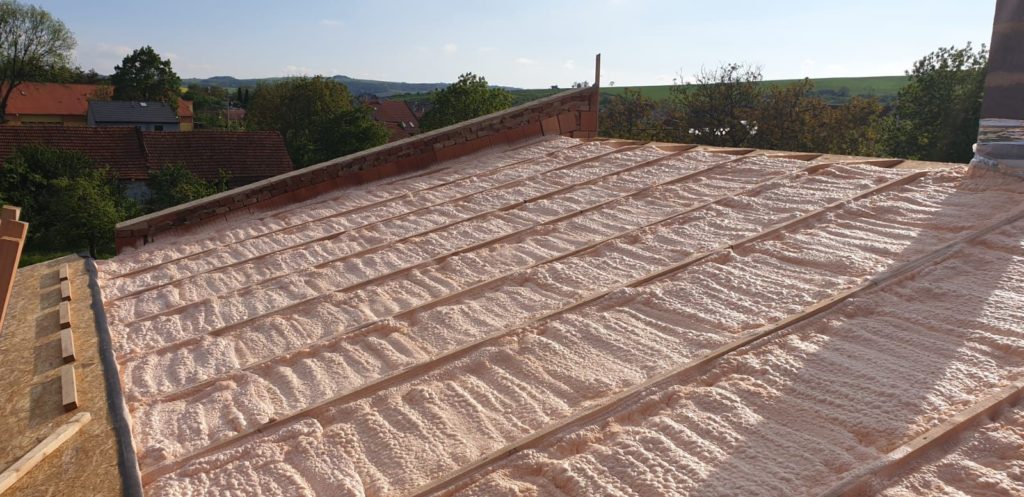
Cost Price Of Spray Foam Insulation
Spray foam insulation has proven to be the most effective insulation material on the market today. Spray foam insulation has a higher U.Value than conventional insulating materials, such as fiberglass, rock wool, cellulose, and polystyrene board.
Spray foam insulation is also a good sound barrier. Spray foam insulation reduces outside noise significantly. This is especially advantageous for homes or companies that are located in densely populated cities or near airports.
Insulate Your Delgany Property Properly
It’s commonly used to block sound from traveling between rooms or floors. It’s especially effective on bathroom walls because noises from flushing toilets or showers can make it a nuisance.
It is simple to use and won’t cause any disruption to daily life.
It is possible to insulate a traditional Irish house in one day.
It reduces the noise of in-wall and under-floor pipes by encasing them and isolating them.
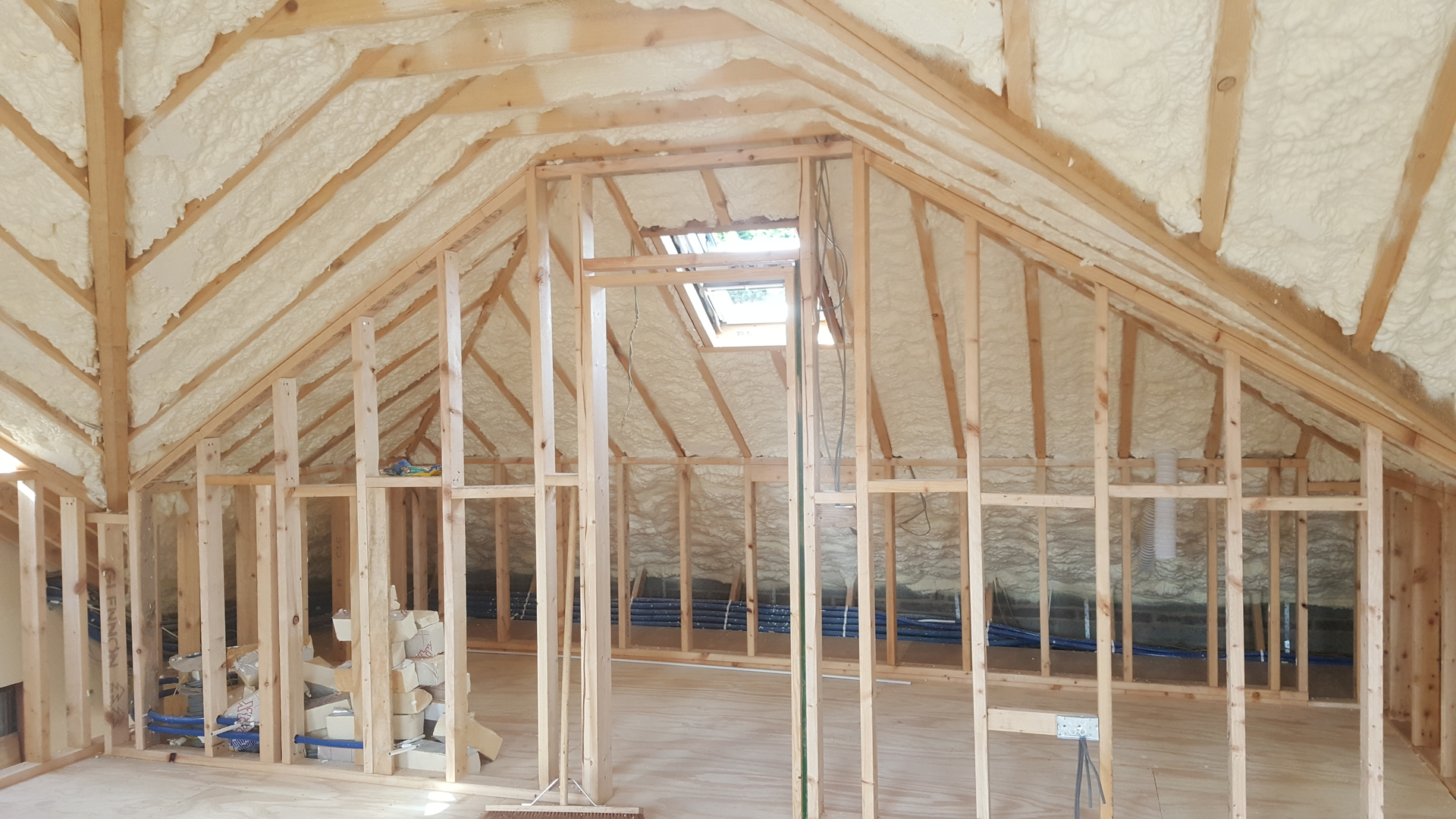
If you plan on using the loft/attic as storage space, you should lay boards above the joists. The insulation will not be thick enough if it is only between the joists.
It dramatically reduces sound transference when used within walls and attics, roofs, floors and roofs. This is in contrast to fibreglass and rock wool as well as polystyrene and polystyreneboards. Its dense composition, and its application process results in an envelope that is completely airtight. It is able to block sound from the exterior environment (e.g. traffic, pedestrians, etc.) and prevents infiltration in areas where there are airports or heavy industries.
It also blocks sounds from a structure’s walls from reaching other floors, including the floors below. Spray foam insulation would dramatically reduce the noises that are often generated in a structure.
Spray foam insulation is flexible but densely packed with millions if minute air bubbles. This will absorb vibrations from the floor as well as the sound waves. Spray foam insulation reduces transmission of airborne sounds by sealing and filling every crevice.
Spray foam insulation can also dampen, if not completely eliminate, sounds from floors such as water moving through pipes. It completely covers the pipes and prevents them from rattling. It also eliminates the sound caused by hot water flowing through pipes. The heating system heats wooded Joists, causing them to expand, creak and groove.
It also stops heat from escaping to the upper levels, which makes the lower floors cooler and requires more heat to keep them warm.
It is possible to insulate lofts if they are accessible and have no damp or condensation issues.
Uninsulated homes lose 25% of their heat through their roofs. Insulating your attic, loft, or flat roof can reduce heat loss and lower your heating bills.
If it’s easy to access your loft and your joists are straight, you can use rolls mineral wool insulation. The insulation begins by placing the first layer between the joists. These are the horizontal beams that form the loft’s floor. A second layer is then laid at right angles to cover and seal the joists.
You can raise your floor to provide enough insulation. Timber battens can be fitted across the joists. Alternatively, you can purchase purpose-built plastic legs to fit onto the joists and support your new floor. To prevent condensation, make sure there is a vent between the insulation boards and the insulation.
You should not squash the mineral wool while you place the boards on top. This will decrease its insulation value.
Insulation blocks heat escape from living spaces. Therefore, loft insulation will cool your loft space, which can lead to condensation or damp problems. Do not forget to improve ventilation if loft insulation is being installed by you.
Another way to insulate your loft would be to place insulation between and above the rafters. These are sloping timbers which make up the roof. You have the option of using rigid insulation boards carefully cut to size or foam insulation sprayed between your rafters.
Some companies will offer to spray insulation directly on the roof, without having to first fix the problem. This is something that we do not recommend. It is important to ensure that your roof remains dry before installing insulation.
If you would like to use your loft’s roof space as a heating room, then you should take a different approach and make a separate room.
If you are planning to use your loft for living, or you already have it, you will need insulation between the heated space and unheated area.
For your home to remain fresh, dry, healthy and clean, it needs air flow. Good installers will ensure that there is no obstruction or sealing of any inadvertent ventilation. When DIY insulation is done, ensure that you don’t cover any vents grilles or airbricks.
If you have difficulty accessing your loft, a professional can install the appropriate insulation. The specialist equipment will blow the insulation material into any difficult space. They can use mineral wool fibre, treated with cellulose, or polyurethane.
Flat roof insulation can save you as much on heating costs than loft insulation. The cost savings will depend on the size of the flat roof.
You can probably insulate your loft yourself if it is accessible and does not have damp problems. For those cases when damp is a problem or a more complex insulation system, professional installation should be done.
Cooler air could cause cold draughts to enter your loft hatch due to insulation. This can be prevented by installing an insulated hatch in your loft and putting strips of draught-exclusion material around the hatch edges.
Insulating your groundfloor is a great way for your property to stay warm as well as lowering your energy bills.
Insulating a loft is an effective way to lower heating bills, be more efficient and warm your home in the winter. Even if your loft already has insulation, you need to ensure that it is effective.
Loft floor rolls are the traditional choice. These roll out along the loft floor. They are quicker to lay than insulated flooring boards. These rolls can be used to create top and base layers. To create a storage platform, they can be boarded using stilts.
These suggestions and recommended items aren’t included in this article’s list of materials or tools. You should ensure that you’ve read everything before you begin to insulate your loft.
While insulation may be present in most homes, it may not have the right level of effectiveness. This could be due to insulation being compressed by storage boards placed over it or if it hasn’t been topped up in the long-term. Sometimes, loft floors can be as small as 25mm in depth for older properties.
There is no need to remove loft floor insulation. You can simply add one or two layers of insulation to the loft floor to achieve the recommended amount. This article will cover more details on the amount that is recommended.
The loft floor’s joist spacings will influence the width roll that you choose. This is because the insulation rolls between these joists. We recommend that you choose one that is as close as possible to your joist spacing. This will minimize the need to trim excess.
The insulation’s required thermal resistance. You can also measure the insulation’s thickness using a faster method if you’re only installing loft rolls. You can find more information in the section “How to calculate loft floor insulation thickness”
Areas We Service
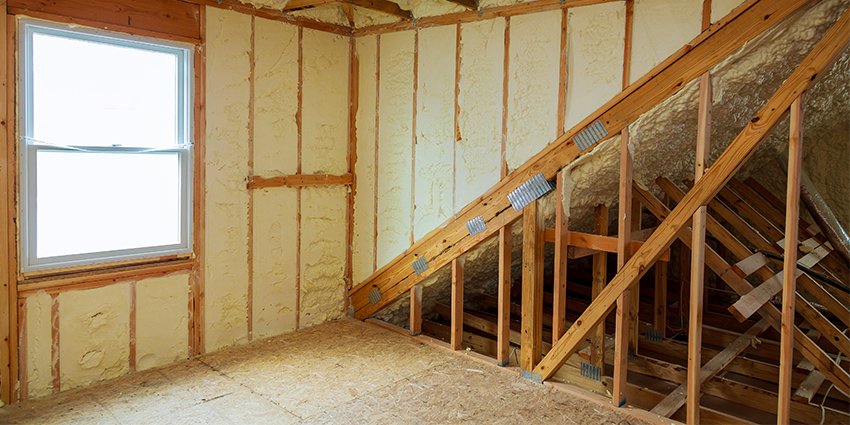

Parkhill, Dublin
01 5255297
